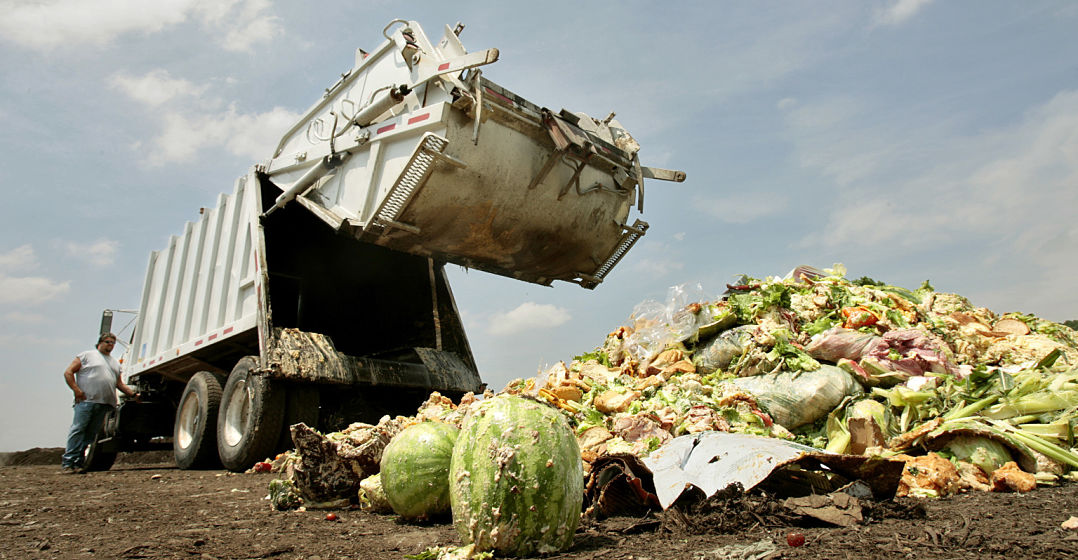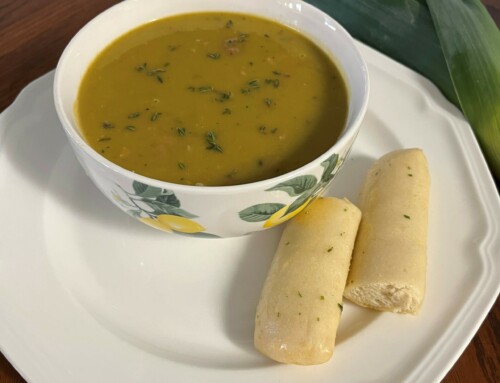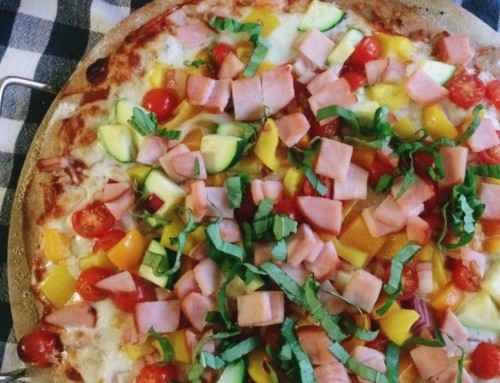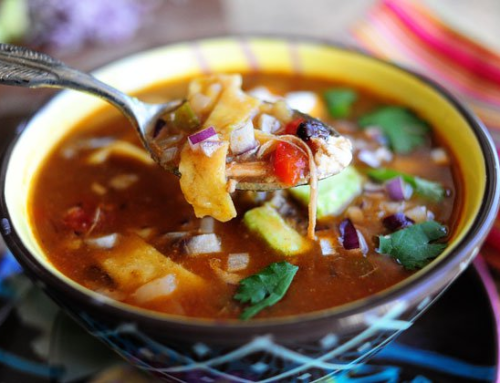Our beloved earth has a major problem: it’s getting hotter, hungrier, and more crowded. By 2050, our world population of 9.7 billion people will demand twice as much food as we do today- food we do not have enough land, water or energy to produce. Only to add to this dilemma, is our world’s overwhelmingly gluttonous habit of food waste.
What a mess it is: nearly 50 million Americans are food insecure, and over one-third of the food produced in America is either lost or wasted. We (the consumers) are largely to blame. In the United States, the average person wastes a little more than one pound of food every day, adding up to about 400 pounds of wasted food per year! That’s no small potatoes. Plus, it’s a considerable waste of money- costing a family of 4 a little over $2,000 per year.
Most of us don’t realize that when we waste food, we are wasting the land, water, and energy used to produce that food. If we waste a glass of milk, for instance, we waste the land used to grow the cows’ feed, the water the cows drink, and the fuel used to get that milk into our refrigerators. In addition, that brown and moldy head of lettuce you threw out last night is now sentenced to rot in a landfill, emitting powerful greenhouse gases which heat our planet.
Here are some practical ways to start chipping away at our food waste:
1. Think Before you Buy it. How many times have you gone shopping and bought items you already had at home? Before you head to the grocery store, look through your refrigerator and cupboards to see what you already have. Then create a shopping list based on only what you NEED for the week.
2. Cook it with Care. Don’t you hate burning your morning toast? While you are cooking, stay focused and be aware of what you are doing to prevent burning or overcooking your food.
3. Serve Just Enough of it. Watching our portions not only helps our waistline, but also helps reduce food waste. Take a smaller portion and go back for more if you are still hungry. When you go out to eat, consider splitting a meal or simply bring home your leftovers to enjoy later.
4. Save it. Instead of discarding your extras, wrap them up and freeze or refrigerate them for a rainy day. Also, ensure your freezer and refrigerator are cooled to the appropriate temperatures to prevent your food from spoiling prematurely. Your fridge should be below 40 degrees F, and your freezer at 0 degrees F.
5. Clean out your Fridge. “Shotgun Dinner” anyone? Peek into your fridge and pull out a little bit of this and that. Get creative and use these foods to create a twist on your family’s favorite soups, salads, pasta dishes, or campfire dinners.
6. Donate it. If you bought too much, don’t let it expire! Before their “use by” date, consider donating these items to your local food bank or pantry.
Many of us feel disconnected from the sources of our food, and may not realize the positive impact we can have on our food system. As it turns out, eating well no longer means simply eating nutritious foods. We must also consider that managing our personal food waste is a great way to honor the harvest and be more mindful of our food choices.
Try this week’s recipe, Easy Campfire Dinners, as a delicious way to use up the extra veg in your fridge!





Leave A Comment